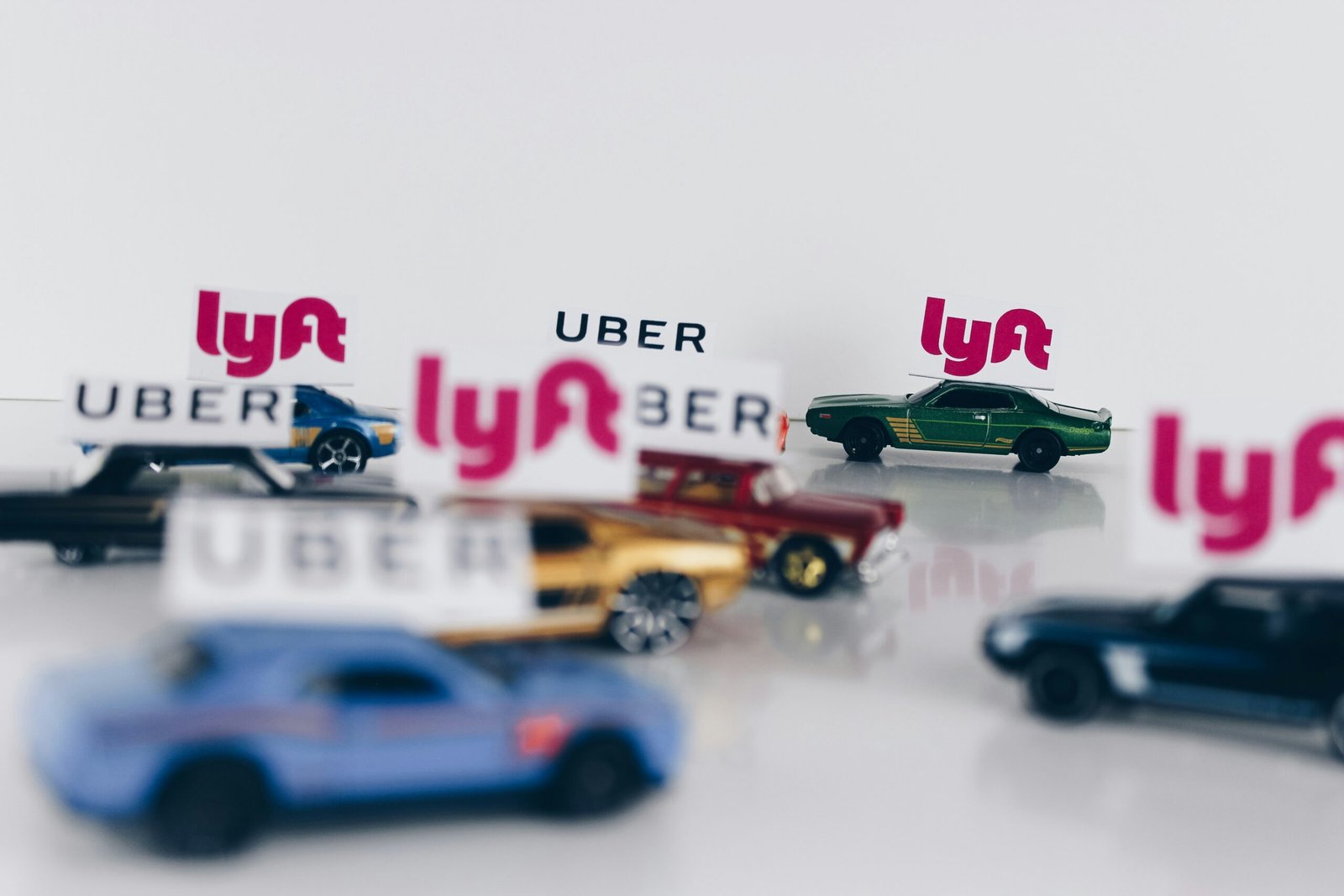How Lyft and Uber Train Their Drivers to Spot Human Trafficking
In recent years, ride-hailing companies like Lyft and Uber have taken steps to address the issue of human trafficking by training their drivers to spot potential signs of exploitation. These initiatives aim to empower drivers to become active participants in the fight against human trafficking, as they often interact with a diverse range of passengers and may encounter situations that raise suspicion.
The Importance of Driver Training
Lyft and Uber recognize the unique position their drivers hold in potentially identifying and reporting instances of human trafficking. By providing comprehensive training, these companies equip their drivers with the knowledge and tools to recognize red flags and take appropriate action.
Driver training programs typically cover various aspects related to human trafficking, including understanding the signs, indicators, and common patterns associated with exploitation. The training also emphasizes the importance of maintaining passenger privacy and confidentiality while reporting suspicions to the appropriate authorities.
Training Content and Delivery
The training content is designed to educate drivers about the different forms of human trafficking, such as sex trafficking and labor trafficking, and the tactics employed by traffickers to control their victims. Drivers are taught to be vigilant and observant, paying attention to unusual passenger behavior, signs of distress, or inconsistencies in the information provided by passengers.
Lyft and Uber provide training materials in various formats, including online modules, videos, and written materials. The training is often interactive, allowing drivers to engage with the content and apply their knowledge to real-life scenarios. By using a combination of visual and textual resources, the companies aim to ensure that drivers understand the information effectively.
Collaboration with Anti-Trafficking Organizations
Lyft and Uber collaborate with anti-trafficking organizations to develop their training programs and ensure that the content is accurate and up to date. These partnerships allow the companies to tap into the expertise of organizations that specialize in combating human trafficking and provide valuable insights and guidance.
By working closely with these organizations, Lyft and Uber can incorporate best practices and industry knowledge into their driver training programs. This collaboration helps to ensure that drivers receive the most relevant and effective training possible, enabling them to make a difference in the fight against human trafficking.
Challenges and Limitations
While Lyft and Uber’s efforts to train their drivers are commendable, it is important to acknowledge that abusers may still attempt to bypass the system. Human traffickers are constantly evolving their tactics to avoid detection, making it challenging for drivers to identify every instance of trafficking.
Additionally, drivers may encounter situations where the signs of trafficking are not immediately apparent or are easily mistaken for other issues. This highlights the need for ongoing training and support for drivers to enhance their ability to identify and respond to potential cases of human trafficking.
Conclusion
Lyft and Uber’s commitment to training their drivers to spot human trafficking is a crucial step in the fight against this heinous crime. By educating and empowering their drivers, these companies are leveraging their widespread network of drivers to create a more vigilant and aware community.
While there are limitations to what drivers can do, their training equips them with the necessary tools to identify potential cases of human trafficking and report their suspicions. By working in collaboration with anti-trafficking organizations, Lyft and Uber are continuously improving their training programs to stay ahead of traffickers’ tactics and protect vulnerable individuals.
Ultimately, the collective efforts of ride-hailing companies, drivers, and anti-trafficking organizations can make a significant impact in combatting human trafficking and ensuring the safety and well-being of those at risk.




































